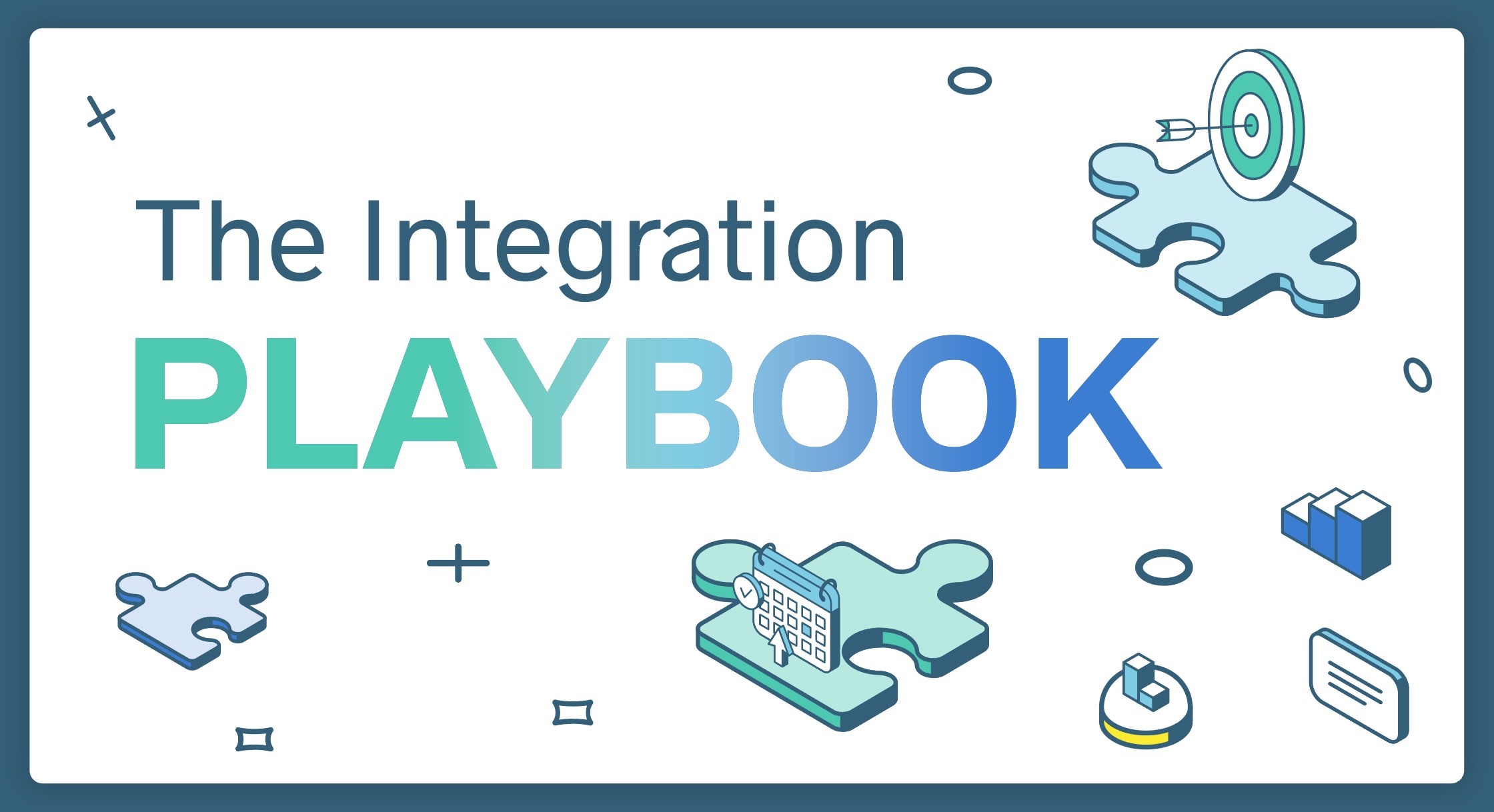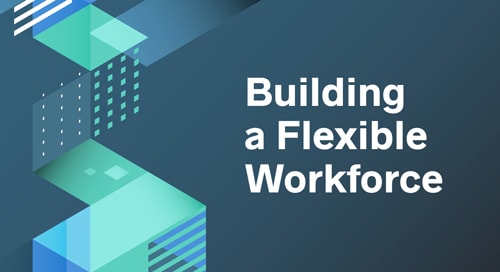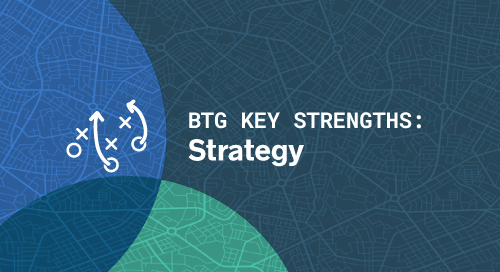
From mobile payments to mobile games, technology has redefined the way your customers interact with you.
Smartphones, Smart Homes, and wearables have put personalized computing devices within view and reach at all times. Most companies are aware they need to adapt these into an omnichannel approach that unifies how they connect with customers. Yet many still flip the dial on channels that are not only NOT integrated, but are constrained by outdated assumptions and designs.
It can be painful to redesign legacy products and services to take advantage of new technologies. It’s also a challenge to map how customer needs differ depending on which channel they’re using. The work cuts across functions and business units and challenges IT infrastructure. The complexity is so great that even the savviest internal advocates can stumble.
But the importance of getting your omnichannel strategy right goes beyond the benefits of increasing customer loyalty and delivering more personalized services. If you don’t optimize your offerings to the technologies your customers are using, they will either find a way to circumvent your systems, or worse—go to your competitors.
Smart Phone, Dumb Dialogue
The smartphone is almost always with your customers and it’s almost always connected to the Internet. It also offers a lot of features that can simplify customer interactions.
Yet even the seemingly straightforward domain of phone-based customer service has been slow to adapt to this reality. Nowadays, two thirds of adult households are wireless-only, so the majority of calls that arrive at inbound call centers originate from mobile phones—in particular, from smartphones.
But each call lands in an interactive voice response system that’s designed for a customer with a wired handset in one hand and a touch-tone keypad in the other. Smartphone callers have to pull the phone away from their face to select a menu option, and may even need to press the “keypad” menu before they can enter their selection.
Rather than deal with these indignities, most people forced to interact by phone head straight to Dial A Human and figure out a crowdsourced shortcut.
Small App, Big Payoff
It’s no secret that a well-planned app can beat larger players at their own game—even if its range is far smaller than what they offer. Mint is a financial portal that aggregates people’s financial data across multiple providers, then displays it in an easy-to-read dashboard. Thanks to that simple idea, it became one of the fastest-growing financial software companies in history, selling to Intuit for $170 million just two years after it was founded.
Early on, Mint grasped the need to optimize the mobile experience, and it did so well before many of the banks. So by 2010, Mint had established itself as a “go-to” mobile destination for financial services. In fact, based on its sustained ranking in app stores Mint would be the 6th-largest US bank. The big banks lost more than mind- and market share—they missed an opportunity to define the ways their customers set household budgets and centralize how they pay bills.
It’s happened in fitness, too. The ubiquitous Fitbit and other wearable devices have turned a service that a pharma or healthcare company might have released—the definition of wellness—into something owned by a technology start-up. And Netflix, Hulu, Spotify, iTunes and others have stepped in to fill the gaps left by the big cable companies by giving consumers the à la carte music and video options that they crave.
The Importance of Being Everywhere
What can forward-thinking companies do to minimize their vulnerability to disruption and optimize their interactions with customers?
Here are some ideas:
- Go beyond the tools you’ve been given. If you’re trying to cut call center costs, you might start with your voice response system. A more effective long-term approach would be to broaden your view: could your website and apps offset call volume? Has it been optimized for mobile use, and if not, who “owns” that part of the interaction?
Most self-service websites are designed and approved for release using the beautiful large-screen displays in the design studio. Many of them ask users to download a document, print a confirmation page or enter personal or payment details, none of which is a pleasant user experience when attempted from a smartphone. - Keep it simple. The best apps exploit some of the unique features of the smartphone over a traditional computer, such as location awareness, onboard camera, secure payment capability, environmental sensors, and biometric authentication. They allow users to switch easily across voice, chat, videoconference, and social media.
They also compensate for some of the limitations of a small screen and a pop-up keyboard by avoiding the repetitive entry of personal and payment data. A phone app can sense in what situation it is being used allowing a service provider to reduce questions that might need to be asked of the consumer when filling in a form, for example. - Support access through multiple channels. People want to interact when and how it’s most convenient for them. Your customers might start researching your services on the mobile web, set up a chat session to learn more, sign up from a tablet a few hours later, then need to speak to a representative for identity verification. Knowing who this user is across these devices and channels they choose to engage with is key to providing smooth service.
These interactions cut across a range of channels, and customers will want to pick up where they left off when they move to a new virtual or physical channel. - Deploy Internet of Things technologies. IoT technology has entered homes via smart devices such as security, lighting, and environmental control. Harness them to achieve the closest-possible intimacy with your customers—but don’t forget about context. In exchange for being allowed into the home and lifestyle, consumers don’t want to repetitively have to re-enter data that can be gleaned from the technology.
Insurance companies could take advantage of the sensors in home control systems to gain greater insight on their customers’ unique risks for fire, for example… then incentivize people to reduce those risks by offering the right preventive technology along with discounts to their insurance premiums. - Track activities of ‘disruptive’ competitors. Think you can’t translate your company’s core strengths to the digital world? Chances are, you’ve already encountered competitors who offer comparable services, or who have disaggregated what you offer by slapping on an engaging front-end that’s been embraced by digital natives.
Keep an eye on the moves of disruptors and people creating their own “mashups” of services for inspiration and ideas.
So what’s the ROI?
Why do so many big, structured companies struggle with these issues? It’s not because they don’t see the potential, or haven’t heard the buzz around omnichannel.
In my experience, the biggest problem is that they are missing a vocabulary for defining ROI, and thus struggle to value the project’s relative importance in a world where strategic priorities constantly compete with one another.
There’s no easy answer to the question of ROI, but I’ve always found that data—often hidden in plain sight within the company—are a good place to start. When a financial client questioned the importance of investing in an app, we began by examining stats on logins from mobile customers. When an insurance client wanted to understand the most promising Smart Home technologies, we looked at the areas that were both expensive to insure and that technology can address.
It’s not a slam dunk after that, but it’s a better way to refine your priorities than the old technology upgrade cycle.
Need a retail or omnichannel expert? We can help!
GET THE SKILLS YOU NEED
Thousands of independent consultants, subject matter experts, project managers, and interim executives are ready to help address your biggest business opportunities.
About the Author
More Content by Ted Bissell






















